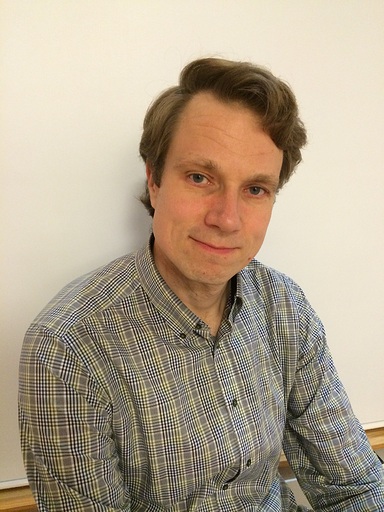Geospatial Data at the Core of Research
Research collaboration is carried out in particular with NLS's Finnish Geospatial Research Institute (FGI). Geospatial data is heavily involved in almost all modern digital systems, reminds FGI’s Deputy Director General Jarkko Koskinen. For example, intelligent transportation, smart agriculture and forestry, and robotics are among the research topics at NLS.
"We study various ways to collect geospatial data, positioning, and different positioning methods. Nowadays, these all contribute to creating situational awareness. Geospatial data must be as up-to-date and accurate as possible, and on top of that, there are security considerations," explains Koskinen.
The collaboration also includes Aalto University's Institute of Measuring and Modeling for the Built Environment (MeMo), which is partly funded by NLS. MeMo produces international-level research and development not only for land surveying and construction but also for environmental and cultural needs.
The collaboration between Aalto and NLS also extends into space. Located in Kirkkonummi as next-door neighbors, Aalto’s Metsähovi Radio Observatory and NLS's Metsähovi Geodetic Research Station study and measure, among other things, the Earth's orientation and movements in space, satellite orbits, and changes in gravity.
"We work collaboratively and strive to keep our high-quality research infrastructure open," says Mari Laakso, Research Director at NLS.
This collaboration has also supported Aalto's space technology research program, which in turn has led to promising startup companies, most notably Iceye Ltd, which now operates globally.
The close collaboration also means physical proximity. Finnish Geospatial Research Institute moved to the Otaniemi campus in 2023.
"Being on campus is greatly beneficial for us. Our researchers and professors can easily teach courses at Aalto, and students can conveniently work part-time with us during their studies," describes Laakso.
The close and extensive collaboration is enabled by long-term commitment. The initiative for the collaboration came from NLS's former Director General Arvo Kokkonen. The MeMo collaboration has been ongoing for a decade, with the first collaboration professorship starting in 2018. The professorships are always agreed upon for a five-year term, and the second collaboration term is currently underway.
















